

Articles
How To Store Pots And Pans In Cabinet
Modified: February 28, 2024
Discover the best techniques for storing pots and pans in your cabinet with these helpful articles. Maximize storage space and keep your kitchen organized!
(Many of the links in this article redirect to a specific reviewed product. Your purchase of these products through affiliate links helps to generate commission for Storables.com, at no extra cost. Learn more)
Introduction
Properly organizing and storing pots and pans can be a real challenge in any kitchen. These bulky cookware items take up a significant amount of space and can easily become a jumbled mess if not stored correctly. However, with a few simple tips and tricks, you can efficiently store your pots and pans in your kitchen cabinets, making them easily accessible while keeping your kitchen clutter-free.
In this article, we will guide you through the process of storing pots and pans in your cabinet effectively. From assessing your cabinet space to choosing the right storage solutions, we will provide you with expert advice to maximize your kitchen storage potential.
Key Takeaways:
- Efficiently store pots and pans by assessing cabinet space, decluttering, choosing the right storage solutions, and utilizing vertical space. Maintain organization and cleanliness for an enjoyable and stress-free cooking experience.
- Maximize kitchen storage potential by strategically arranging pots and pans, using adjustable dividers, and protecting cookware with padding or liners. Label storage containers for easy identification and maintain a well-organized cabinet system.
Read more: How To Organize Pots And Pans In Cabinet
Assess your cabinet space
Before you start organizing your pots and pans, it’s important to assess the available space in your kitchen cabinets. Take the time to measure the width, depth, and height of your cabinets to determine the best storage solutions for your needs. Consider the layout of your kitchen and the accessibility of your cabinets when deciding where to store your cookware.
By assessing your cabinet space, you can identify any potential limitations or constraints that might affect your storage options. If you have limited cabinet space, you may need to make some tough decisions about which pots and pans to keep and which ones to donate or store elsewhere. Knowing the exact dimensions of your cabinets will also help you find storage solutions that fit perfectly and maximize the available space.
Additionally, consider the proximity of your cabinets to your stove or cooking area. It’s ideal to store your pots and pans in a cabinet close to where you’ll be using them most frequently. This will save you time and effort when preparing meals and minimize the chances of accidents or breakages.
Remember to also take into account any other items or appliances that are currently stored in your cabinets. Assess their importance and determine if they need to be relocated or rearranged to accommodate your pots and pans. Making the most of your cabinet space requires strategic planning and organization.
By thoroughly assessing your cabinet space, you’ll have a clear idea of how much room you have to work with and can proceed to the next step of decluttering and sorting your pots and pans effectively.
Declutter and sort
Once you’ve assessed your cabinet space, it’s time to declutter and sort your pots and pans. This step is crucial for maximizing your storage space and organizing your cookware efficiently. Begin by taking all of your pots and pans out of your cabinets and placing them on a clean and clear surface.
Start by evaluating each piece of cookware. Consider how often you use it, its condition, and its functionality. If you have multiple pots or pans of the same size or type, determine if you really need all of them or if you can streamline your collection. Remember, the goal is to optimize your cabinet space and keep only what you actually use and need.
As you declutter, set aside any pots and pans that are damaged, beyond repair, or that you simply don’t use anymore. These can be donated or discarded. Once you have narrowed down your collection, sort your pots and pans based on their size, type, and frequency of use. This will make it easier to find what you need when you’re cooking.
Consider creating categories for your cookware, such as pots, pans, baking sheets, and specialty items. You can also divide them further into subcategories like small saucepans, frying pans, or cookie sheets. By categorizing your pots and pans, you’ll have a better understanding of how much space each group will require and can plan accordingly.
During this process, take note of any additional accessories or lids that go with each pot or pan. Ensure that each item is paired with its corresponding lid, or find a dedicated spot in your cabinet to store the lids separately. This will save you from frustration when you need to find the right lid to fit your cookware.
By decluttering and sorting your pots and pans, you’ll not only free up space in your cabinets but also create a more organized and efficient storage system. With a streamlined collection, you’ll be able to easily access the cookware you need and eliminate any unnecessary clutter in your kitchen.
Choose the right storage solutions
Once you’ve decluttered and sorted your pots and pans, it’s time to select the right storage solutions to keep them organized and easily accessible in your kitchen cabinets. Here are some options to consider:
- Pot and pan organizers: These are specially designed racks or dividers that can be installed inside your cabinet to hold your pots and pans in a neat and organized manner. They come in various sizes and configurations, allowing you to customize your storage space to fit your specific needs.
- Hanging racks: If you have limited cabinet space, consider utilizing the vertical space in your kitchen by installing a hanging rack. This allows you to suspend your pots and pans from the ceiling, freeing up valuable cabinet space while adding a stylish and functional element to your kitchen.
- Pot lid holders: Keep your pot lids organized and easily accessible by using dedicated pot lid holders. These can be mounted inside your cabinet door or attached to the wall, providing a convenient place to store your pot lids without taking up additional space.
- Stackable containers: Invest in stackable containers or nesting pots and pans to save space in your cabinet. These containers can be easily stacked on top of each other, allowing you to utilize the vertical space efficiently while keeping your cookware organized.
When choosing your storage solutions, consider the size and shape of your pots and pans. Ensure that the chosen organizers can accommodate the dimensions of your cookware, preventing any unnecessary stacking or overcrowding. It’s important to have a storage system that allows you to easily access your pots and pans without causing any damage or frustration.
Additionally, consider the quality and durability of the storage solutions. Look for products made from sturdy materials that can withstand the weight of your cookware and are built to last. Investing in high-quality storage solutions will not only help you keep your pots and pans organized but also ensure the long-term protection of your valuable cookware.
Remember that the key to choosing the right storage solutions is to maximize the available space in your kitchen cabinets while keeping your pots and pans easily accessible and protected. Take the time to explore different options and select the ones that best suit your kitchen layout, cookware collection, and personal preferences.
Arrange pots and pans strategically
Now that you have chosen the right storage solutions for your pots and pans, it’s time to arrange them strategically in your kitchen cabinets. By organizing your cookware in a thoughtful and efficient manner, you’ll be able to optimize your storage space and easily locate the items you need when cooking. Here are some tips to help you arrange your pots and pans:
- Frequent use items up front: Place the pots and pans that you use most often towards the front of your cabinet, within easy reach. This way, you won’t have to dig through your entire collection each time you need a specific pot or pan.
- Stack similar-sized items: Stack pots and pans of similar sizes together to save space. Ensure that the bottoms of the pots and pans are protected to prevent scratching. You can place a soft cloth or a nonslip liner between them to avoid any damage.
- Store lids separately: If you have separate lids for your pots and pans, store them in a designated spot or use lid holders to keep them organized. This will make it easier to find the right lid when you need it without rummaging through your cabinets.
- Arrange vertically: Utilize the vertical space in your cabinets by standing your pots and pans upright if possible. This not only saves space but also allows for easier access when you’re looking for a specific item.
- Consider handle placement: When arranging your pots and pans, alternate the handle placement for easier handling. This prevents handles from getting tangled and makes it easier to grab the desired cookware without any hassle.
- Stack nesting items: If you have pots and pans that can nest or stack inside each other, take advantage of this feature to save space. Ensure that the nested items are secure and won’t shift or topple over, potentially causing damage.
By arranging your pots and pans strategically, you’ll not only optimize your storage space but also make it easier to find and access the cookware you need. Take the time to organize them in a way that makes sense to you and fits your kitchen workflow.
Remember to periodically reassess and adjust the arrangement of your pots and pans as needed. As your cooking needs change or as you acquire new cookware, you may need to adapt the organization to accommodate these changes.
Read more: How To Store Pot And Pan Lids
Utilize vertical space
When it comes to organizing your pots and pans in your kitchen cabinets, one of the most effective strategies is to utilize vertical space. By taking advantage of the available vertical space, you can maximize your storage capacity and keep your cabinets neat and organized. Here are some tips to help you make the most of the vertical space in your cabinets:
- Install adjustable shelving: Consider installing adjustable shelves in your cabinets to create additional vertical space. This allows you to customize the height between shelves to fit your pots and pans, making it easier to stack them vertically.
- Use hooks or pegboards: Install hooks or pegboards on the inside walls of your cabinets to hang smaller pots, pans, or utensils. This not only frees up shelf space but also keeps your cookware easily accessible and visible.
- Hang your pots and pans: Utilize the vertical space by hanging your pots and pans from the ceiling or a designated pot rack. This not only adds a stylish element to your kitchen but also frees up valuable cabinet space for other items.
- Invest in vertical storage solutions: Consider using vertical storage solutions such as pan organizers or bakeware racks. These racks allow you to store items vertically, making it easier to retrieve specific pots and pans without having to dig through a stack.
- Stack pots and pans vertically: If you have deep cabinets or adjustable shelving, stack your pots and pans vertically instead of horizontally. This saves space and helps you quickly identify and access the item you need for cooking.
When utilizing vertical space, it’s important to keep safety in mind. Ensure that your cabinets and racks are properly secured to prevent any accidents or injuries. Consider the weight-bearing capacity of the shelves or racks to ensure they can support the weight of your pots and pans without sagging or collapsing.
By being intentional about using vertical space, you can significantly increase the storage capacity of your kitchen cabinets. This allows you to keep your pots and pans organized, easily accessible, and optimally displayed, enhancing both the functionality and aesthetics of your kitchen.
Use adjustable shelves to create customized storage for pots and pans in your cabinet. This will maximize space and make it easier to access your cookware.
Use adjustable dividers or racks
When it comes to organizing your pots and pans in your kitchen cabinets, adjustable dividers or racks can be game-changers. These versatile storage solutions allow you to customize the space inside your cabinets to perfectly fit your cookware collection. Here are some tips on how to effectively use adjustable dividers or racks:
- Create designated compartments: Use adjustable dividers to create designated compartments for different types of pots and pans. This can help prevent items from shifting or falling over when you open your cabinets and makes it easier to locate the specific pot or pan you need.
- Adjust the dividers as needed: One of the benefits of using adjustable dividers is the ability to change the configuration as your cookware collection evolves. If you acquire new pots or pans or decide to rearrange your storage setup, simply readjust the dividers to accommodate the changes. This flexibility ensures your cabinets always meet your needs.
- Utilize vertical space: Adjustable racks can be particularly useful for utilizing vertical space in your cabinets. These racks allow you to stack pots and pans vertically, saving valuable horizontal space for other items. By stacking vertically, you can easily see and access each individual item without having to remove a whole stack.
- Consider multi-tiered racks: Multi-tiered adjustable racks are great for organizing pots and pans of various sizes. These racks feature multiple levels or tiers, allowing you to stack items vertically while still keeping them easily accessible. This tiered arrangement is ideal for cabinets with limited height.
- Separate lids from pots and pans: Adjustable dividers can also be used to create separate compartments for pot lids. This helps keep lids organized and prevents them from getting lost or misplaced. You can adjust the dividers to fit the size and shape of your lids, ensuring they stay in place and ready for use.
When using adjustable dividers or racks, consider the dimensions of your cabinets and the size of your pots and pans. Ensure that the dividers or racks can be easily adjusted to fit your specific needs and that they are stable enough to hold the weight of your cookware. Additionally, make sure the dividers or racks are made from sturdy materials that will withstand daily use.
By incorporating adjustable dividers or racks into your cabinet organization, you can effortlessly customize your storage space to fit your pots and pans. This leads to a more efficient and functional kitchen, where you can easily locate and access your cookware as needed.
Protect your cookware with padding or liners
To ensure the longevity and quality of your pots and pans, it’s essential to protect them from scratches, dings, and other damages. One effective way to achieve this is by using padding or liners in your kitchen cabinets. Not only will this safeguard your cookware, but it will also keep your cabinets clean and free of debris. Here’s how you can protect your cookware with padding or liners:
- Use shelf liners: Line the shelves of your cabinets with non-slip shelf liners. These liners provide a cushioned surface that helps prevent your pots and pans from sliding around and causing scratches. They also make it easier to clean up any spills or messes that may occur in your cabinets.
- Add foam or rubber padding: Place foam or rubber padding at the bottom of your cabinets to provide an extra layer of protection for your cookware. This padding helps absorb impact and prevents your pots and pans from banging against the hard surface of the cabinet, reducing the risk of damage.
- Select stackable cookware: If you have nesting or stackable pots and pans, consider using soft cloth or felt pads between each piece to protect their surfaces from scratches. These pads act as a buffer and prevent direct contact between the cookware, preserving their appearance and integrity.
- Wrap delicate items: For more delicate or non-stick cookware, individually wrap them with soft cloth or microfiber towels before storing them in the cabinet. This extra layer of protection helps prevent scratches and preserves the non-stick coating.
- Separate lids and cookware: To prevent lids from scratching against the surfaces of pots and pans, place a layer of padding or cloth between them. This will keep both the lids and the cookware protected and in good condition.
By implementing padding or liners in your kitchen cabinets, you can ensure the long-term preservation of your pots and pans. Not only does this protect the investment you’ve made in your cookware, but it also saves you from having to replace damaged items in the future.
Remember to periodically inspect and replace the liners or padding if they become worn or damaged. This will ensure that your cookware is consistently protected and that your cabinets remain clean and well-maintained.
Group similar items together
When organizing your pots and pans in your kitchen cabinets, it’s important to group similar items together. This not only makes it easier to locate specific cookware but also helps create a sense of order and organization in your cabinets. By grouping similar items, you can streamline your cooking process and optimize your kitchen workflow. Here are some tips for grouping your pots and pans:
- Group by type: Start by grouping pots and pans of the same type together. For example, store all your saucepans in one section, frying pans in another, and baking sheets in a separate area. This allows you to quickly locate the specific type of cookware you need for a particular cooking task.
- Arrange by size: Within each group, organize your pots and pans by size. Place larger items towards the back and smaller ones towards the front. This organization makes it easier to access cookware of a specific size without having to shuffle through multiple items.
- Separate specialty items: If you have specialty cookware items such as a wok or a cast-iron skillet, designate a separate area or section for them. This ensures that these unique items are easily identifiable and can be accessed when needed without any hassle.
- Keep lid and pot sets together: If you have pots and pans with matching lids, store them together. This saves you from searching for the right lid and ensures that each pot has its corresponding cover easily accessible.
- Organize by material: If you have pots and pans made of different materials, consider grouping them accordingly. For example, you may want to separate your stainless steel cookware from your non-stick pans to prevent any scratching or damage.
By grouping similar items together, you create an organized and logical layout in your kitchen cabinets. This allows you to quickly find the cookware you need and simplifies the cooking process. You’ll no longer have to search through a jumble of pots and pans to locate the right one for your recipe.
Remember to regularly assess and adjust your grouping strategy as your cookware collection evolves. As you acquire new pots and pans or change your cooking habits, you may need to adjust the groups to accommodate these changes.
Read more: How To Store Pots And Pans In Drawers
Label your storage containers
Labeling your storage containers is a simple yet effective way to keep your pots and pans organized in your kitchen cabinets. By clearly identifying the contents of each container, you can easily locate the cookware you need and maintain an efficient and functional storage system. Here are some tips on how to label your storage containers effectively:
- Use clear labels: Opt for clear labels or labels with transparent backgrounds so that the contents of the containers are easily visible. This way, you can quickly identify the pot or pan you need without having to open multiple containers.
- Label both sides: To ensure easy readability, label both sides of the container. This is especially useful if your containers are stacked or stored in a way where one side may not be easily visible.
- Include specific details: When labeling, include specific details about the stored cookware. For example, indicate the size of the pot or pan, the material it’s made of, or any special features it may have. This information can help you quickly identify the most suitable cookware for your cooking needs.
- Use adhesive labels or markers: Depending on the material of your storage containers, you can use adhesive labels or waterproof markers to create your labels. Adhesive labels can be easily attached to the containers, while waterproof markers allow you to write directly on the surface of the container.
- Consider labeling the shelves: In addition to labeling the storage containers, you can also label the shelves or sections where the containers are placed. This provides a clear visual guide and helps maintain consistency and organization in your kitchen cabinets.
- Update labels as needed: As you acquire new pots and pans or rearrange your storage containers, make sure to update the labels accordingly. This ensures that the labels remain accurate and reflect the current contents of each container.
By labeling your storage containers, you create a clear and organized system for your pots and pans. This simplifies the process of locating and retrieving the cookware you need, saving you time and effort in the kitchen.
Remember to use legible handwriting or printed labels to ensure readability. Regularly check and replace labels that have become faded or illegible over time.
Maintain organization and cleanliness
Once you have organized your pots and pans in your kitchen cabinets, it’s important to maintain that organization and cleanliness to ensure an efficient and functional kitchen space. By following a few simple steps and implementing some good habits, you can keep your cabinets in order and your cookware in excellent condition. Here’s how to maintain organization and cleanliness in your cabinets:
- Put items back in their designated spots: After using a pot or pan, make it a habit to put it back in its designated spot right away. This prevents clutter and ensures that your cabinets remain organized.
- Regularly declutter: Periodically assess your collection of pots and pans and declutter as necessary. Don’t hold onto items that you no longer use or that are damaged beyond repair. This helps keep your cabinets streamlined and leaves room for the cookware you actually need.
- Clean as you go: When cooking, clean your pots and pans as soon as you’re finished using them. This prevents food residue from drying and sticking, making the cleaning process much easier. It also keeps your cabinets free from food debris and unpleasant odors.
- Wipe down shelves and liners: Regularly wipe down the shelves and liners in your cabinets to remove any dust, dirt, or spills. This ensures a clean and hygienic storage environment for your pots and pans.
- Keep lids organized: Maintain the organization of your pot lids by storing them upright or using lid organizers. This prevents them from becoming cluttered and makes it easier to find the right lid when you need it.
- Periodically reevaluate your organization system: As your cooking needs change or you acquire new cookware, take the time to reevaluate your organization system. Make adjustments as necessary to best accommodate your current collection and usage habits.
By establishing and practicing these habits, you can maintain an organized and clean kitchen cabinet system for your pots and pans. This not only makes cooking more enjoyable and efficient but also helps extend the lifespan of your cookware.
Remember that organization and cleanliness are ongoing efforts. Set aside time regularly to declutter, clean, and reassess your cabinet system. By consistently maintaining a neat and clean storage space, you’ll have a kitchen that is both functional and visually appealing.
Conclusion
Organizing and storing your pots and pans in your kitchen cabinets can greatly enhance the functionality and efficiency of your kitchen space. By following the tips and strategies outlined in this article, you can create a well-organized, clutter-free cabinet system that allows you to easily access and maintain your cookware.
Remember to assess your cabinet space, declutter and sort your pots and pans, and choose the right storage solutions that suit your needs. Arrange your cookware strategically, utilizing vertical space and adjustable dividers or racks to maximize storage capacity. Protect your pots and pans by using padding or liners, and label your storage containers for easy identification. Finally, maintain organization and cleanliness by putting items back in their designated spots, regularly decluttering, and keeping your cabinets clean.
By implementing these strategies and maintaining good habits, you’ll enjoy a more organized and efficient cooking experience. You’ll no longer have to dig through a messy cabinet to find the right pot or pan, and cleaning up after cooking will be a breeze. With an optimized storage system, you’ll have more time and energy to focus on creating delicious meals in your kitchen.
So, take the time to organize your pots and pans in your kitchen cabinets and reap the benefits of a well-organized and functional kitchen. Your cooking experience will be more enjoyable, efficient, and stress-free, allowing you to fully showcase your culinary skills.
Frequently Asked Questions about How To Store Pots And Pans In Cabinet
Was this page helpful?
At Storables.com, we guarantee accurate and reliable information. Our content, validated by Expert Board Contributors, is crafted following stringent Editorial Policies. We're committed to providing you with well-researched, expert-backed insights for all your informational needs.
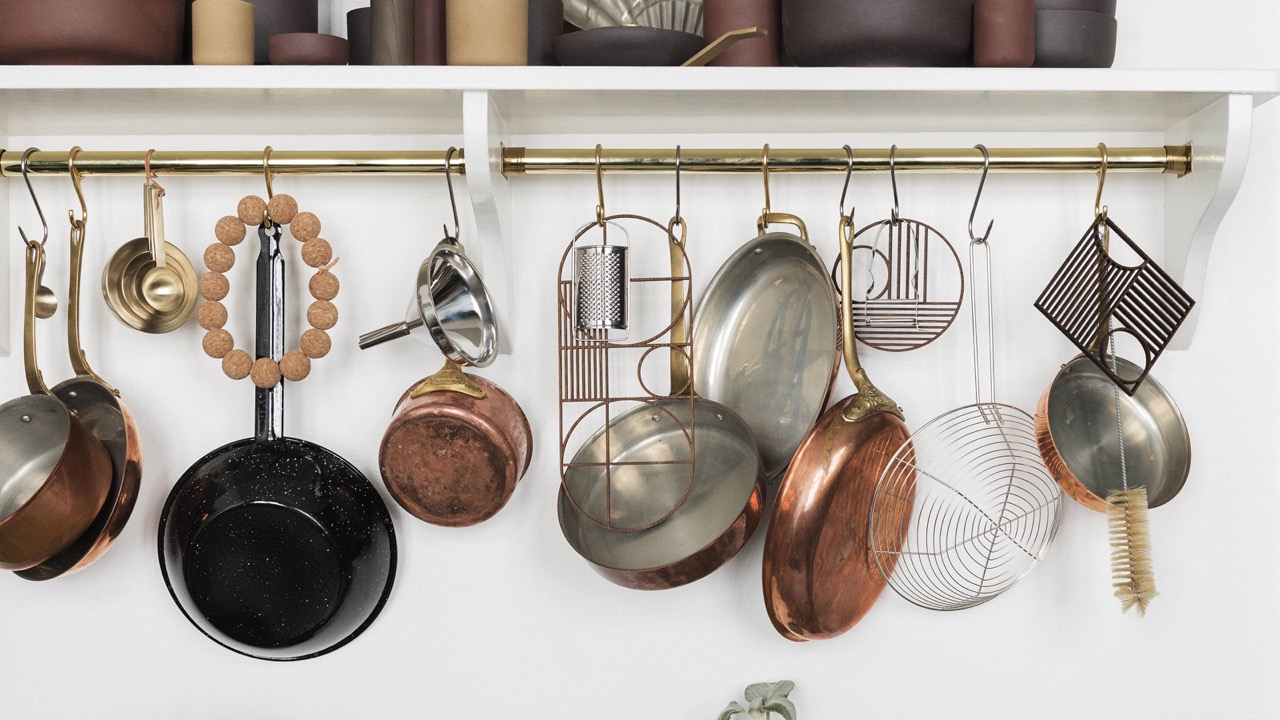
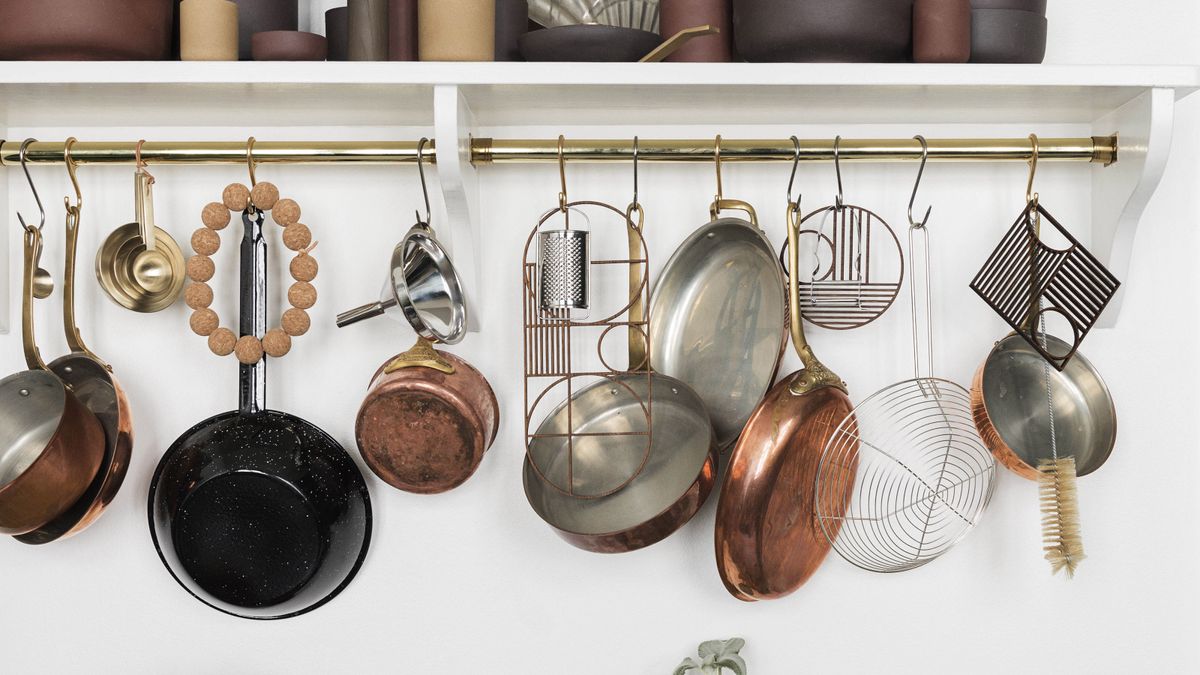
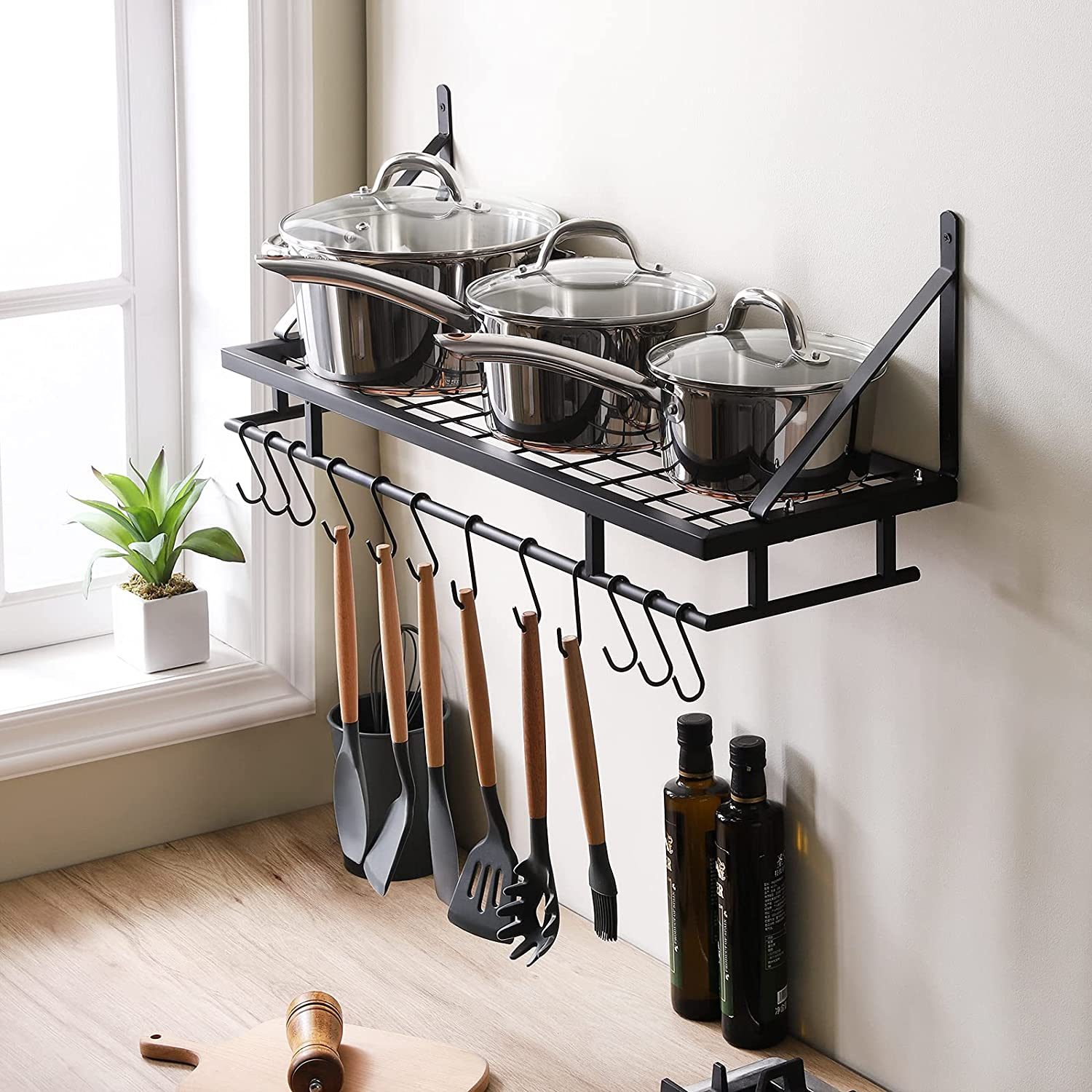
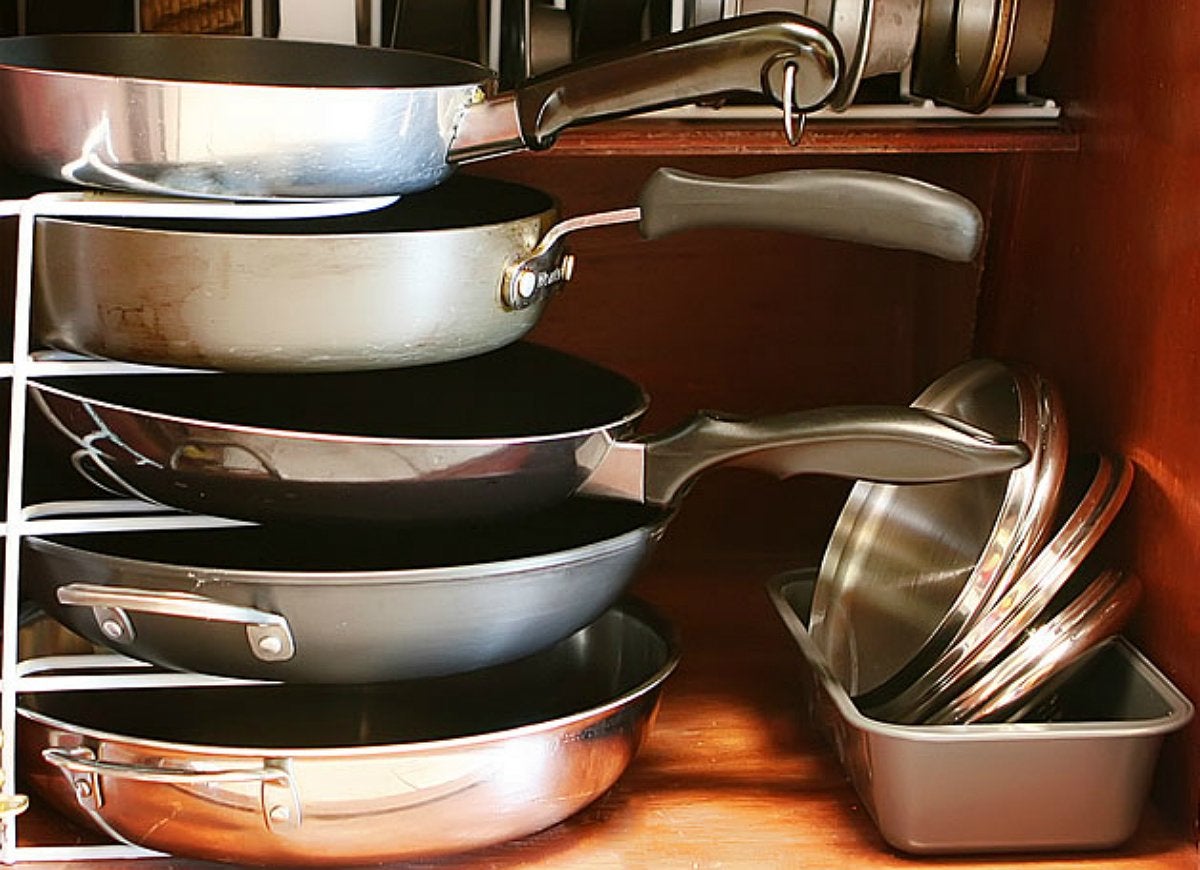
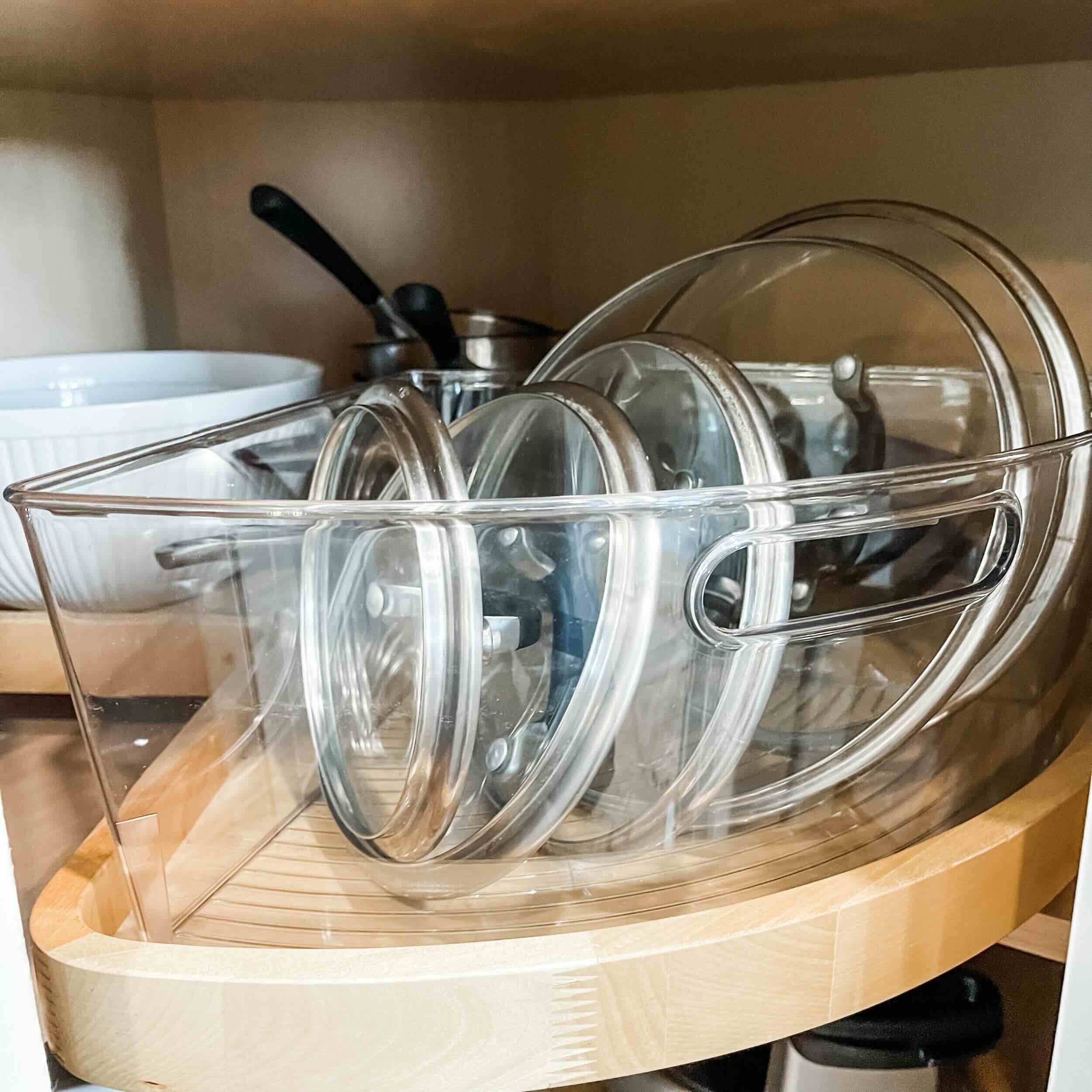
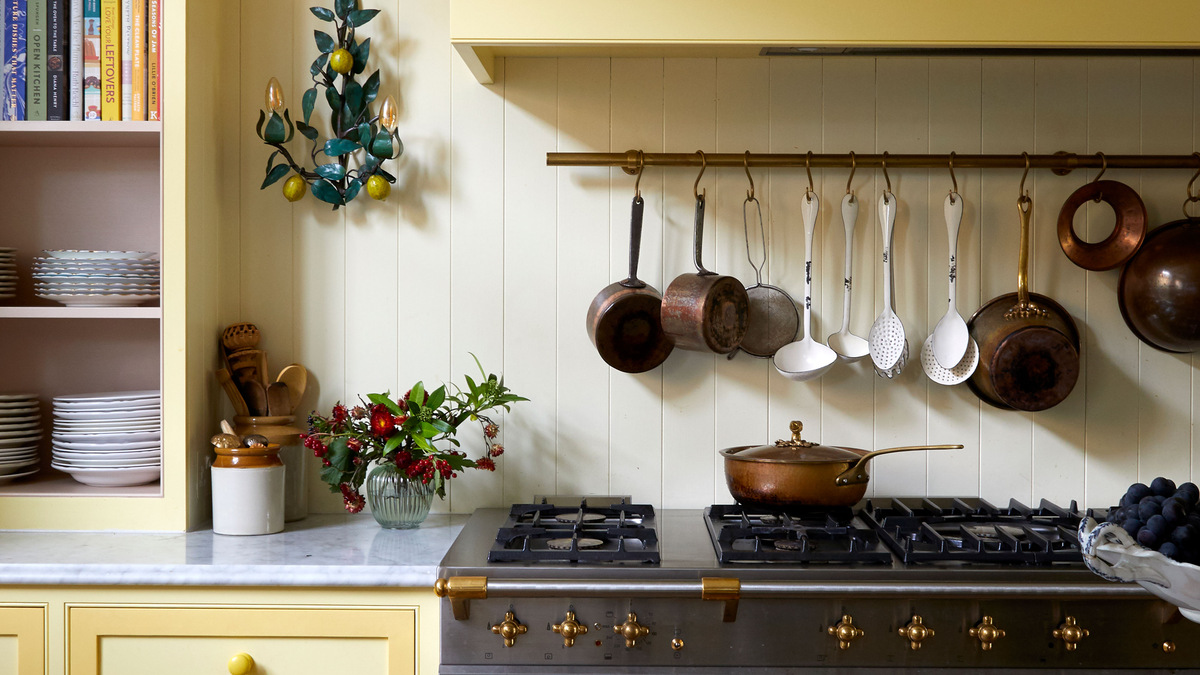
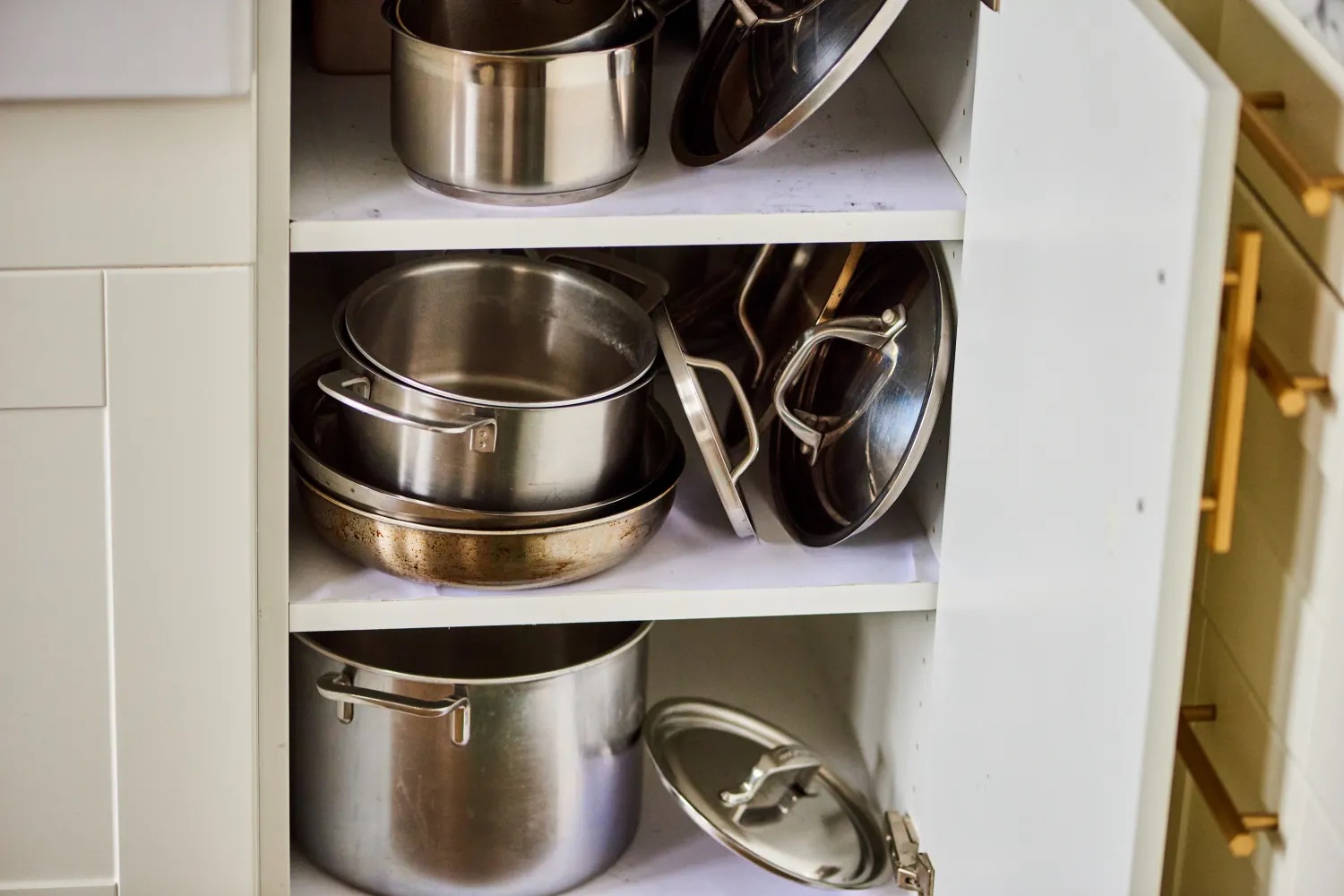
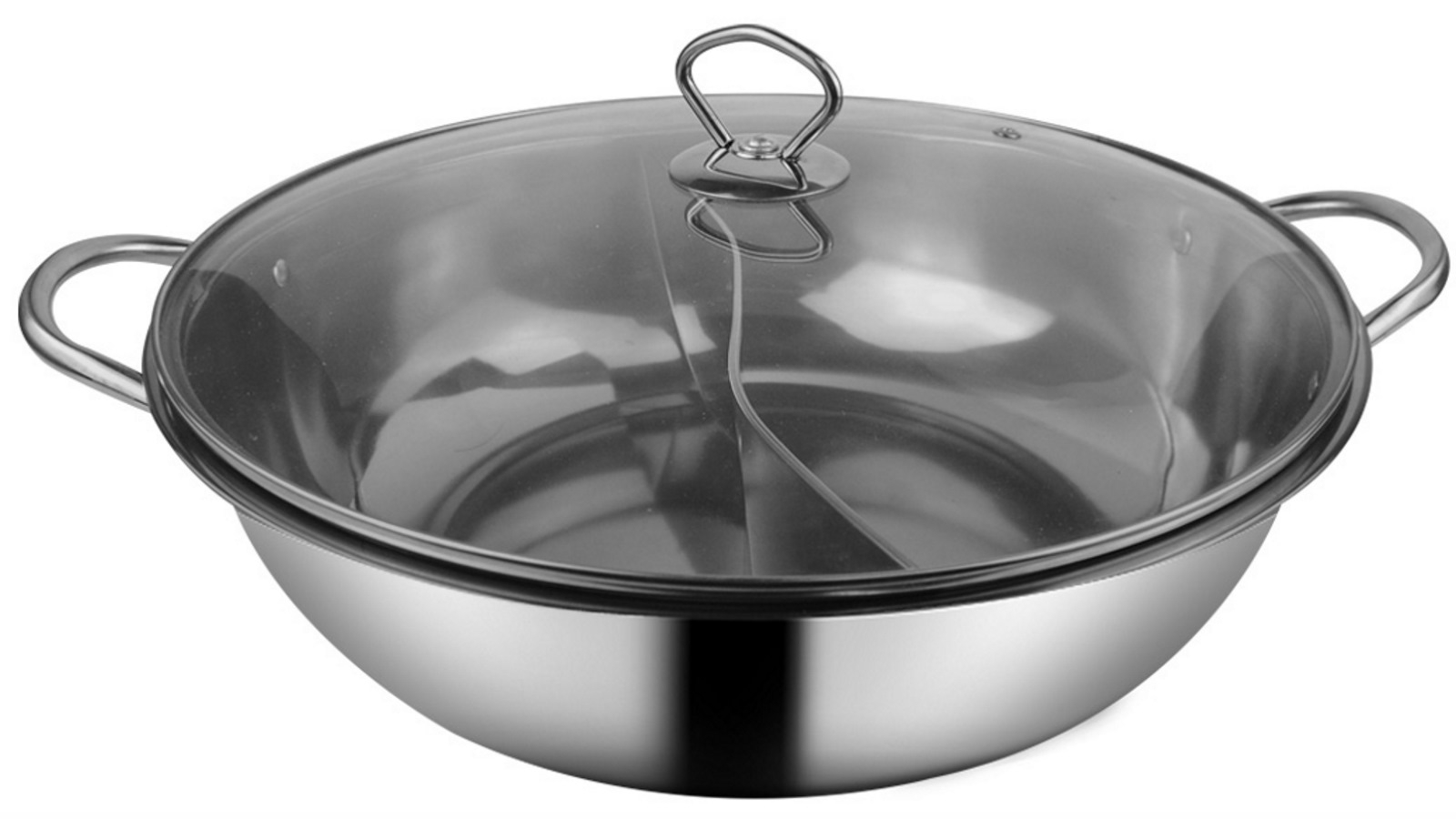
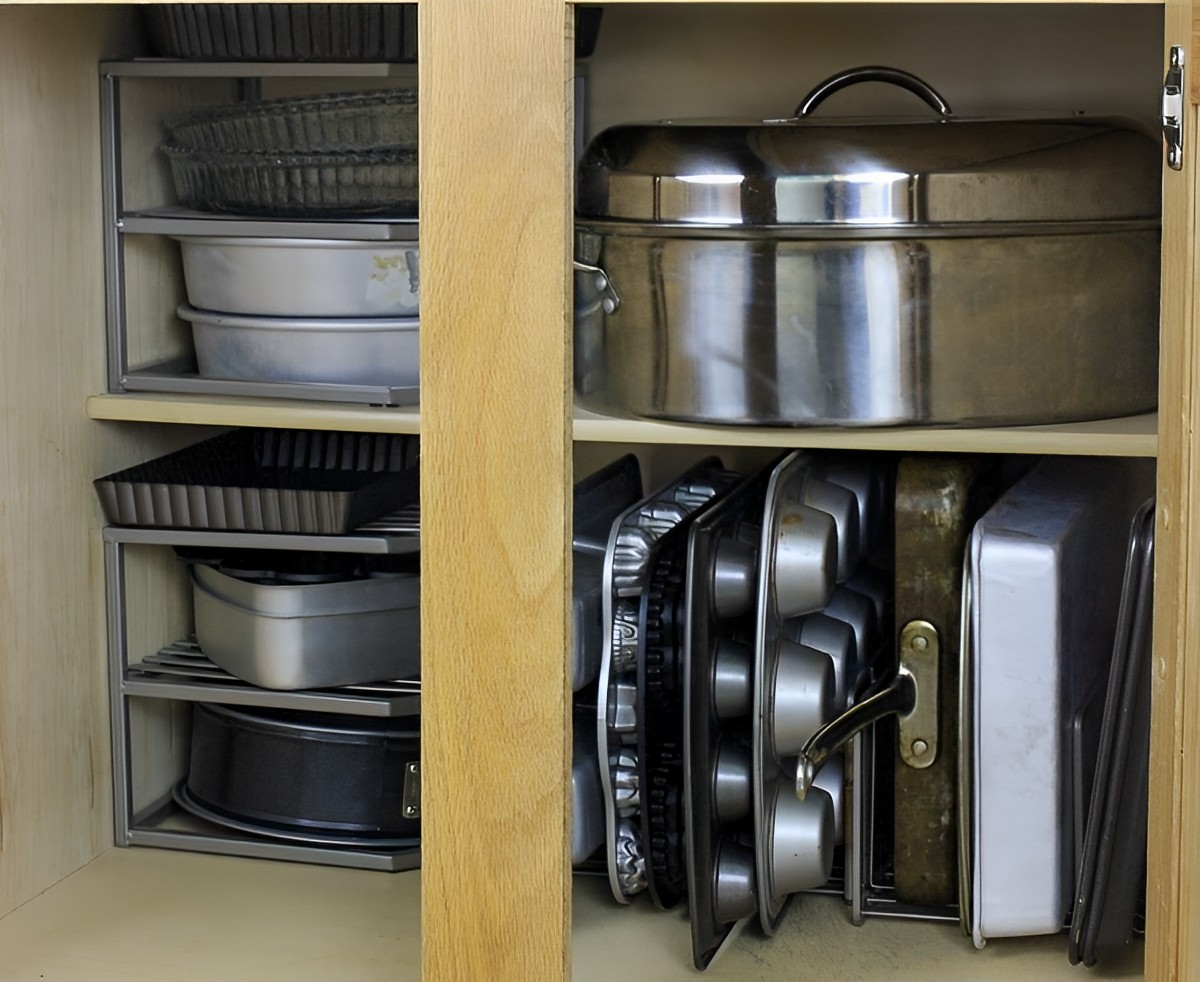
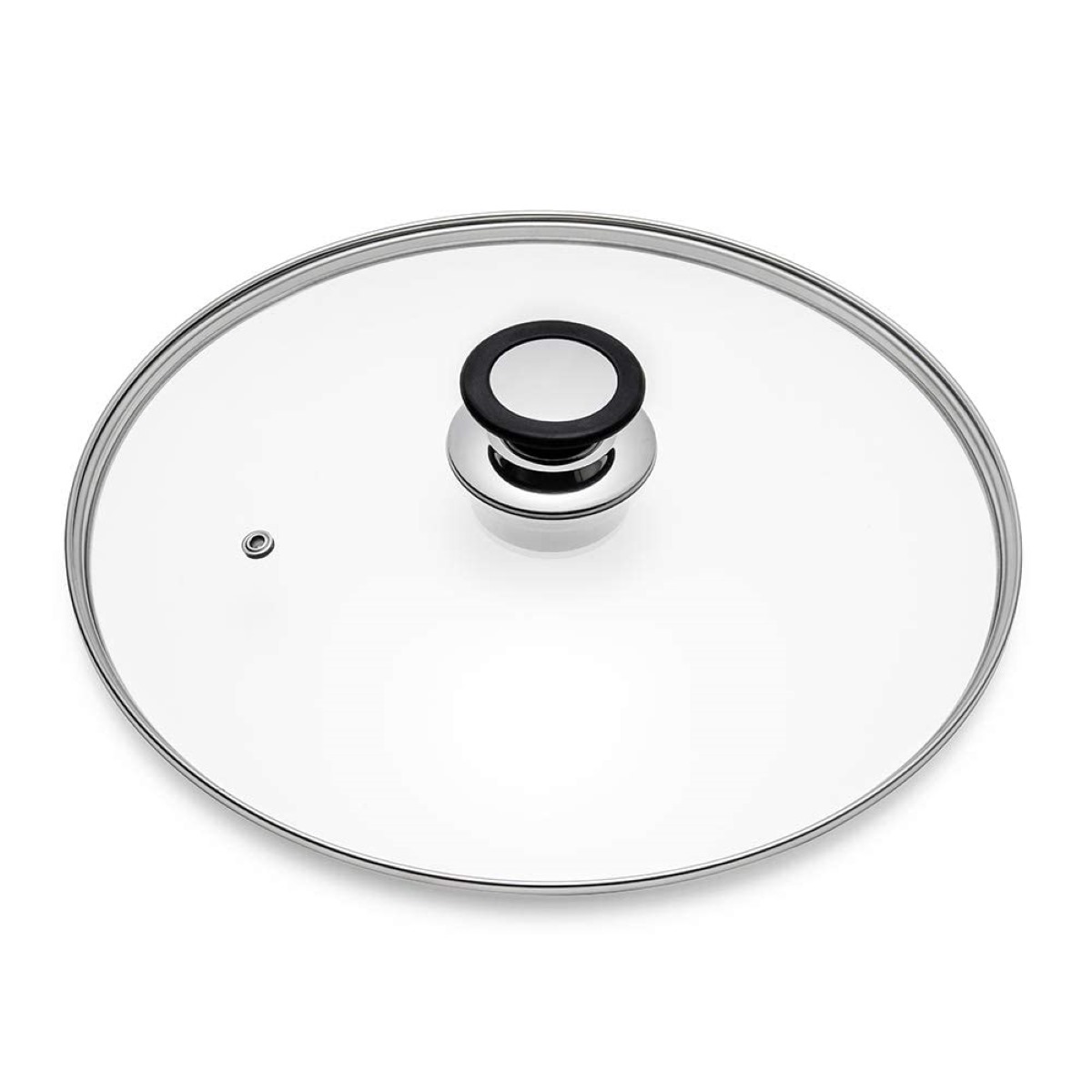
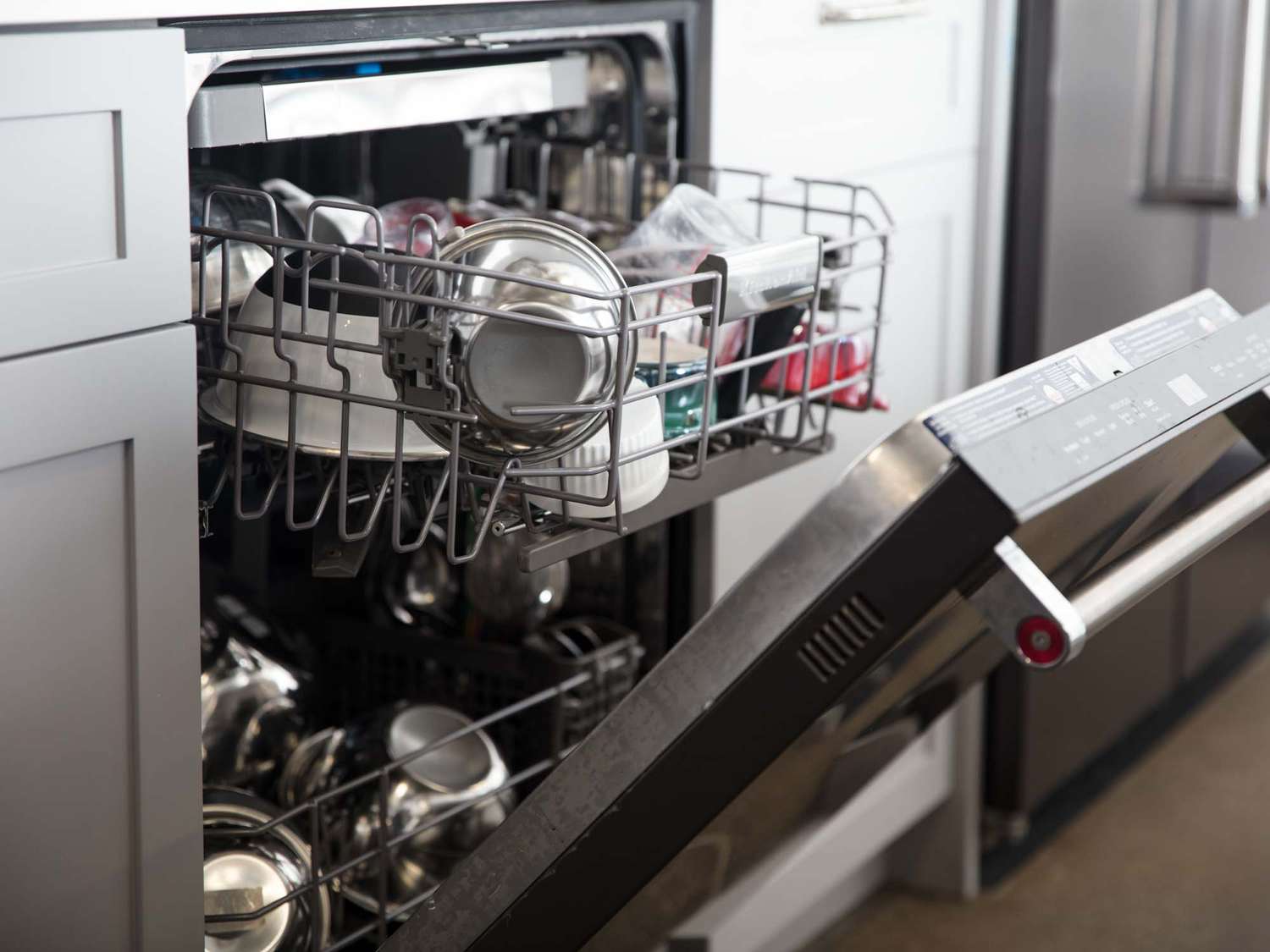
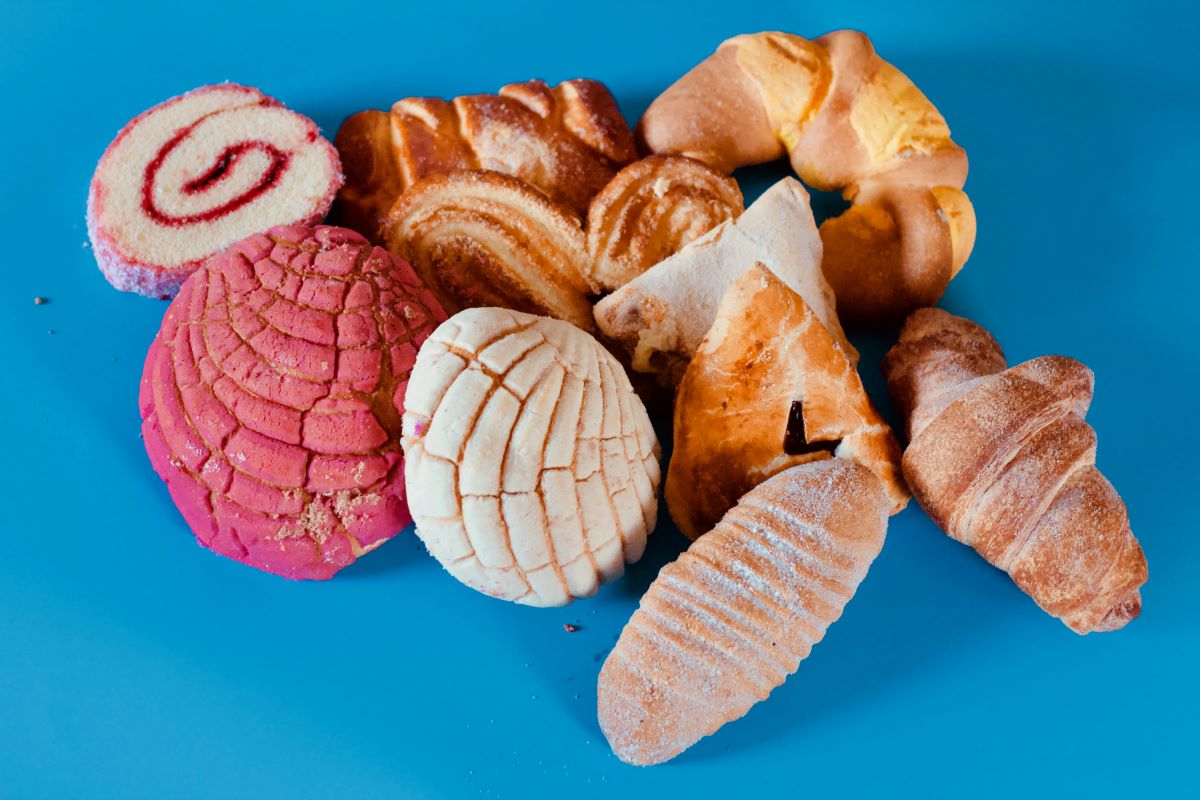
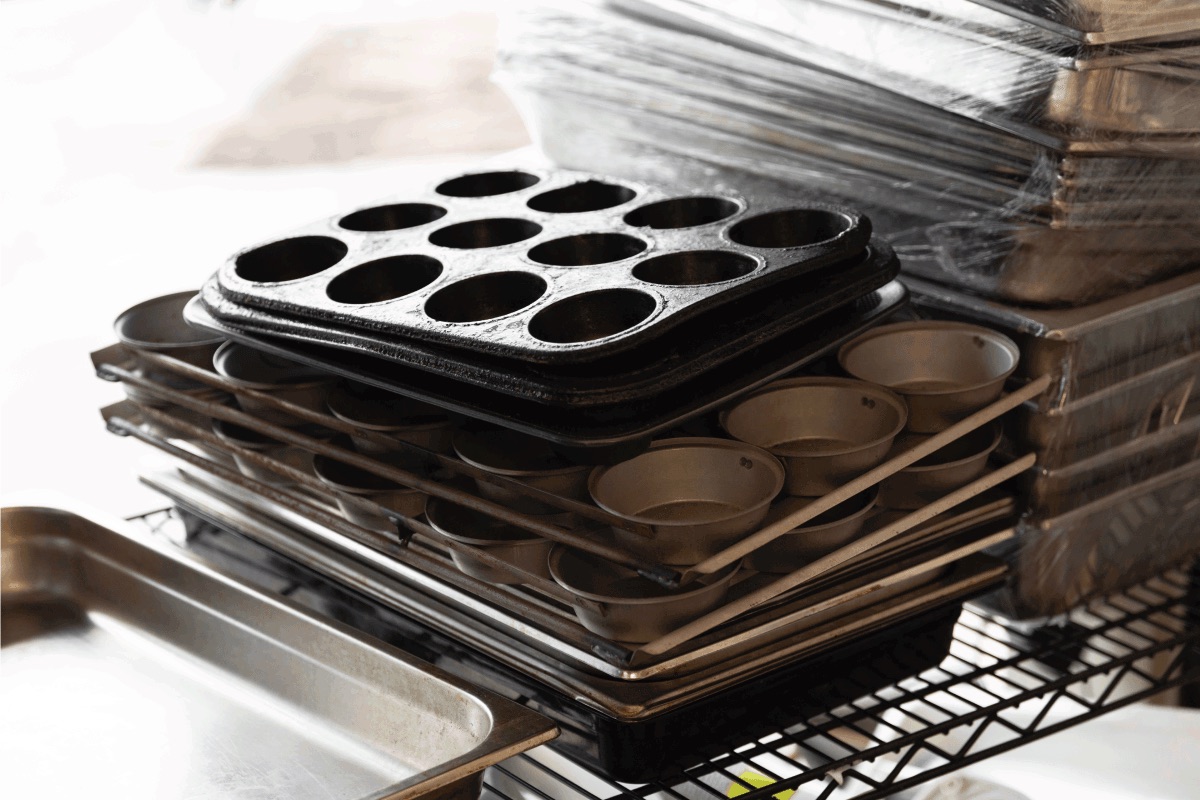

0 thoughts on “How To Store Pots And Pans In Cabinet”